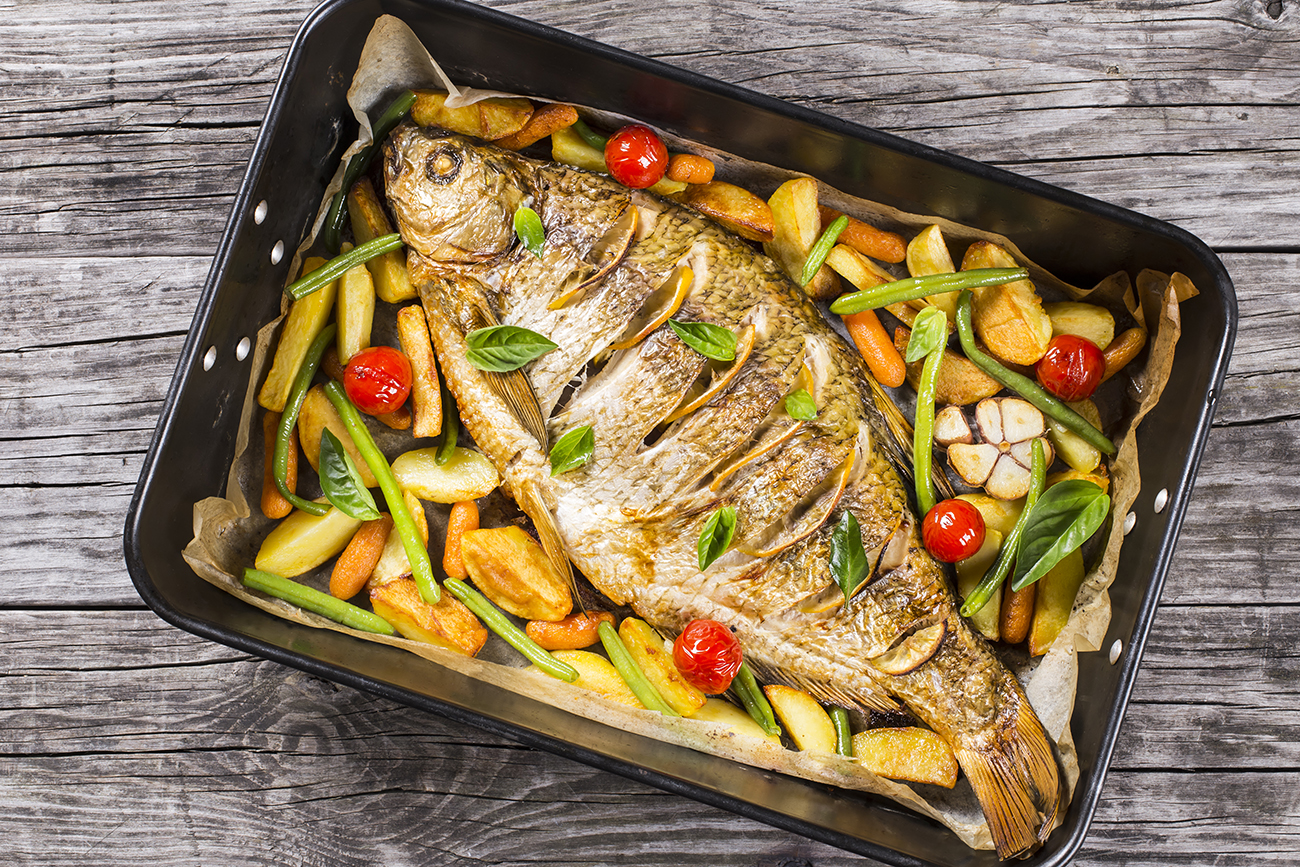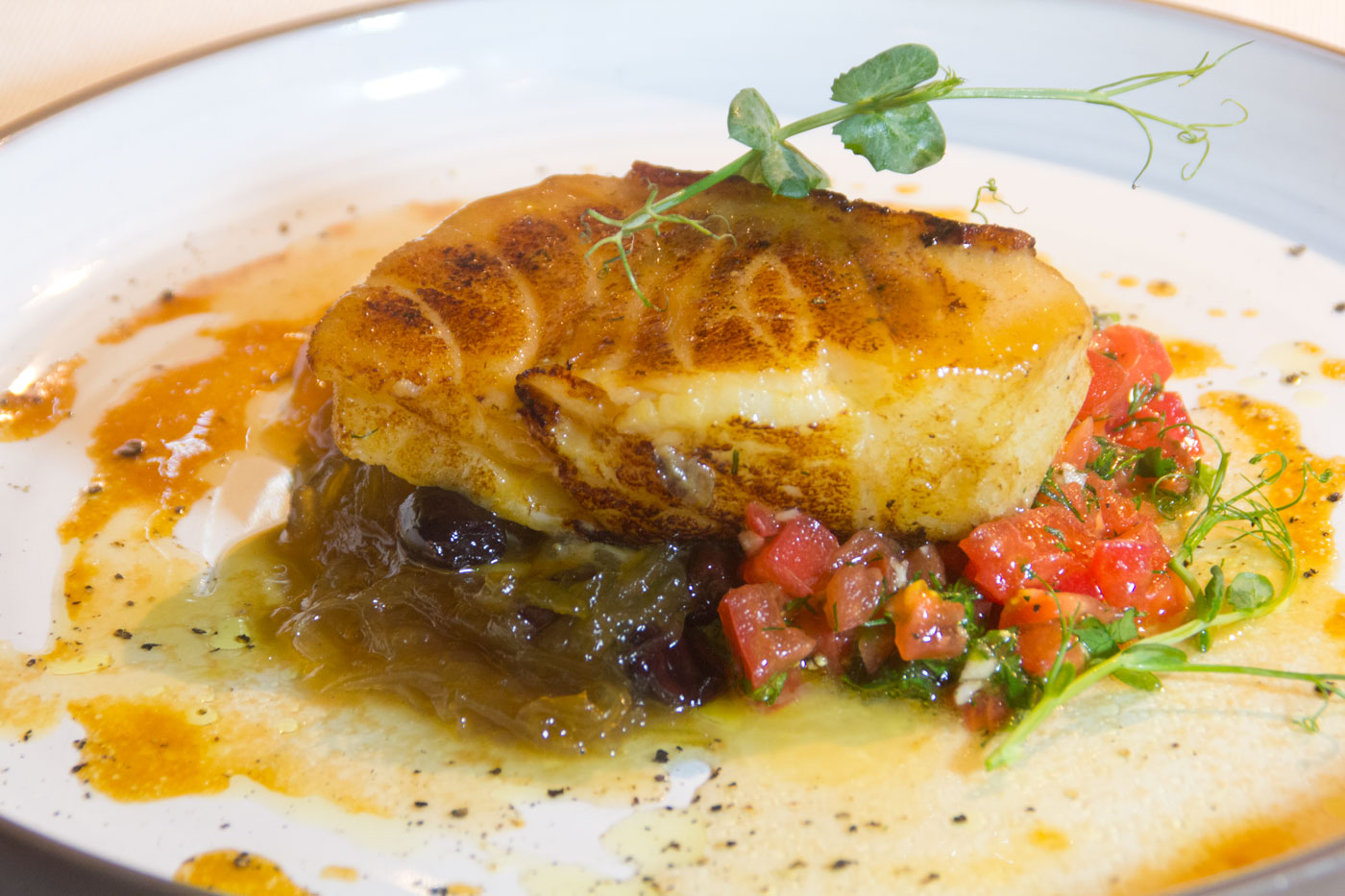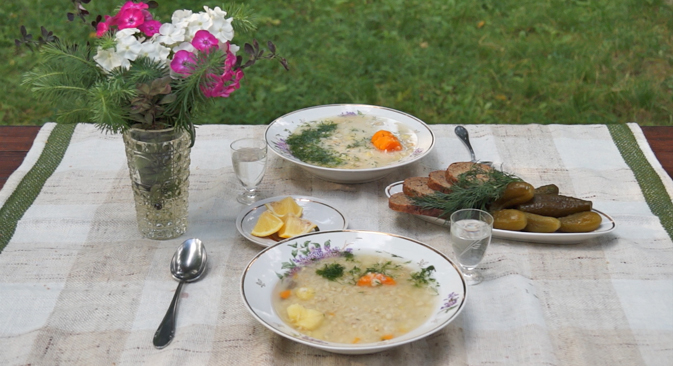Freshwater carp: Healthy food has never been so easy to prepare

Crucian carp is created for frying!
Shutterstock / Vostock-PhotoMany do not like it because of its unpleasant small fork-like bones along the spine, but the carp is not as black as it is painted and only fishing itself can give you more pleasure than the home-made fish soup made out of carp heads. The tastiest carp are those that weigh 1 to 3 lbs. The carp weighing 4 to 6 lbs. are old fish that stupidly grew in thickness, being transformed into something like a log. On the cutting board stun the live fish and quickly pierce its head with a narrowtipped knife so it does not flap and suffer. Clear off the scales (but do not throw them away –rinse them with running water), remove the insides and the gills from the fish, rinsing it under a strong stream of water, and divide it into three parts: tails will be used for making the broth, heads – for soup, and the body pieces – for frying, baking in foil, or preparing fish in aspic.
The broth is made out of the tails, scales, root vegetables (onion, carrot, parsley and necessarily celery) and spices (a few bay leaves, a few kernels of allspice, and a dozen black peppercorns, a sprig of parsley, and a sprig of dill), and strain after it is done.To make the fish soup, add cubed potatoes, 1 Tbsp. of barley and finely chopped fresh or sautéed vegetables, and finally carp heads (the heads are cooked in the lightly boiling broth for not more than 10-15 min, and are ready when the eyes become white and hard). It is advisable to pour a shot of vodka into the cooked fish soup and let it stand covered until it is steeped. When you pour the soup into bowls, sprinkle greens and pepper over it. The real feast is at the bottom of your bowl when in the end you will begin to take apart and chew over the soft-boiled carp’s head.
The small fork-like bones are located only along carp’s spine and near the tail. Because of this, you will have to remove them by hand together with the spine and ribs after slightly undercooking the fish and spreading it flat into two parts, if you want to make the fish in aspic. The fish will reach the right condition after being placed into the dish and covered with the hot salted broth (the same as for the fish soup, but much more concentrated as a result of evaporation) with gelatin and seasoned with small lemon segments, slices of hard-boiled egg, and chopped parsley and celery.
If you are going to fry the fish, there is an ingeniously simple method for deboning the carp. A chunk of carp is cut lengthwise as deep as these bones and spread out eagle-like. In sizzling vegetable oil, the fork-like bones will dissolve without a trace. The juicy carp flesh is accompanied well by white horseradish, white wine, vodka, as well as soy and pomegranate sauces.The family of carp includes Crucian carp that are, seemingly on purpose, created for frying on the strength of the absence of the damned small fork-like bones (if such a bone gets stuck in your throat, don’t even think of drinking water, try to push it through with chewed up bread). The Crucian carp is a fish fair and square and, as such, it is best to fry it in vegetable oil and then sauté it in sour cream. The frying pan must be sizzling hot, the vegetable oil – heated thoroughly and salted, and the fish – dried out with a paper towel, lightly spiced (with something like Georgian allspice), and rolled in flour. Fry it on high heat and bring it to readiness by simmering it covered in sour cream. The entire process, not counting the preparation, will take 10-15 min. Don’t just forget, after you descale and gut the Crucian carp (not bigger in size than the length of your palm) to remove gills sticking out of the heads in order not to spoil the taste of the dish. If the fish is freshly caught or at least not dead, it becomes simply the “music of the spheres” for fishermen, with whom I identify myself.
This is an excerpt from 'Adventures in the Slavic Kitchen: A Book of Essays with Recipes' by Igor Klekh, published by Glagoslav Publications, 30th September 2016.
If using any of Russia Beyond's content, partly or in full, always provide an active hyperlink to the original material.
Subscribe
to our newsletter!
Get the week's best stories straight to your inbox


